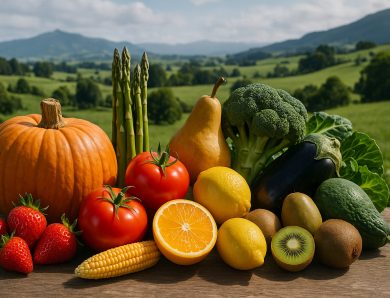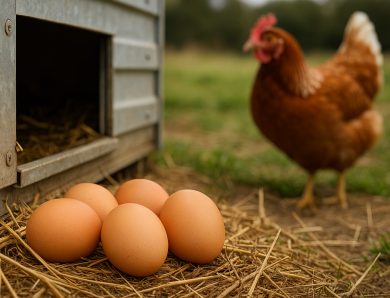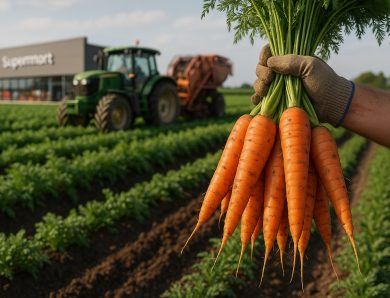
The Story of a Loaf of Bread: Wheat to Bakery
The journey of a single loaf of bread begins long before it appears on a bakery shelf. It all starts in golden fields where wheat waves in the gentle breeze. The question of how wheat transforms into a fragrant loaf is answered through a series of intricate steps that combine tradition, skill, and modern technology.
From Field to Mill: The Wheat Journey
Wheat plants are carefully cultivated on vast farmlands. Farmers sow seeds in carefully prepared soil, monitoring the crop’s progress through every season. With each cycle, the field yields robust stalks heavy with grain. When the wheat reaches its peak, harvest time arrives. Cutting tools and machinery work in harmony to gather the stalks, ensuring minimal waste and preserving the quality of the grain.
- Key Points:
- The crop is nurtured with natural elements and agricultural expertise.
- Harvesting techniques are designed to retain grain integrity.
- Careful storage post-harvest ensures that the wheat maintains its natural flavor.
The Art of Milling
After harvesting, the wheat undergoes cleaning and sorting before being sent to the mill. In the mill, the wheat kernels are separated from their husks. Skilled millers use time-honored techniques combined with modern equipment to grind the kernels into fine flour. Each stage of the process requires careful adjustment to maintain the nutritional content and natural taste.
- Essential Steps in Milling:
- Cleaning: Removing impurities from the wheat kernels.
- Grinding: Transforming kernels into a soft, versatile flour.
- Sifting: Ensuring only the finest particles are used for baking.
The Magic of Mixing
Flour is the star ingredient, but the art of bread making involves more than just grain. Bakers mix the flour with water, salt, yeast, and sometimes additional ingredients like seeds or grains. The process of mixing is both precise and creative. Temperature, time, and technique play a role in developing gluten, which gives bread its structure. Each baker develops a personal touch, making every loaf unique.
- Mixing Techniques:
- Combining ingredients in exact proportions.
- Allowing the dough to rest for optimal gluten formation.
- Adjusting hydration levels to create the desired texture.
Baking Perfection
After the dough has been shaped and allowed to rise, it is ready for baking. Ovens preheated to the right temperature work their magic, turning the soft dough into a loaf with a crisp exterior and tender interior. The heat transforms the dough’s moisture into steam, creating a delicate balance of textures. Bakers monitor the process closely, ensuring that each loaf is baked to perfection.
- Baking Process Highlights:
- Preheating: Setting the ideal temperature for consistent results.
- Rising: Allowing the dough to develop flavor and volume.
- Baking: Timing the process precisely to achieve a perfect crust and crumb.
A Loaf’s Role in Community
The story of bread extends beyond the bakery. Loaves become a symbol of nourishment and shared culture. In local markets, bakeries serve as gathering spots where people meet, share ideas, and enjoy fresh food. The aroma of bread baking often evokes memories and creates new traditions within communities.
- Community Impact:
- Local bakeries support nearby farmers and millers.
- Fresh bread serves as a daily ritual in many households.
- Artisan techniques passed down through generations create a strong sense of heritage.
Celebrating the Journey
Each slice of bread carries the legacy of hard work and dedicated craftsmanship. From the field where wheat grows under the sun to the mill where it is carefully transformed into flour, and finally to the bakery where expert hands shape it into a loaf, the process is a testament to human ingenuity and perseverance.
- Steps Summarized:
- Cultivation: Fields produce high-quality wheat with careful attention to natural cycles.
- Harvesting: A combination of traditional practices and modern machinery collects the crop efficiently.
- Milling: The wheat is refined into flour using precise techniques that honor its natural properties.
- Mixing and Baking: Bakers infuse creativity into each loaf, ensuring that every bite tells a story of dedication and passion.
This narrative reveals that the transformation from wheat to bakery is more than just a production process—it is an ongoing celebration of nature’s bounty and human skill. Every loaf carries a history and represents a continuous link between the land, those who tend it, and the artisans who shape it into a beloved staple.




No Comment